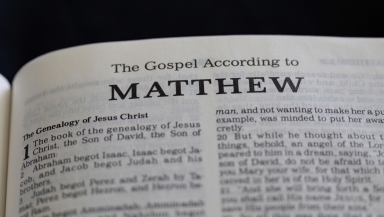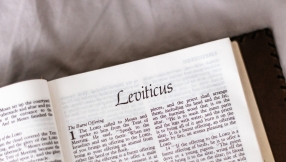
A concealed portion of the Gospel of Matthew has been discovered with the help of UV light.
According to a study published in the journal New Testament Studies, the Scripture portion was found beneath other layers of text in an ancient manuscript housed by the Vatican.
Grigory Kessel, from the Austrian Academy of Sciences, used UV light to penetrate the layers.
The newly uncovered text contains parts of Matthew 11-12 and is written in the ancient Syriac language. This text was later scraped from the parchment by a scribe and written over.
It reveals some details not included in the later Greek version.
Matthew 12:1 in the Greek reads: "At that time Jesus went through the grainfields on the Sabbath and his disciples became hungry and began to pick the heads of grain and eat."
The newly discovered Syriac text says that the disciples "began to pick the heads of grain, rub them in their hands, and eat them."
Professor Hugh Houghton, at the University of Birmingham's Department of Theology and Religion, told MailOnline that it was a "genuine and important discovery".
"Until a few years ago we only knew of two manuscript witnesses to the Old Syriac translation of the gospels and now we have four," he said.
"The value of the early translations is that they were made from Greek manuscripts which no longer survive, and may provide some of the first evidence for particular readings."
Prof Houghton continued, "The find is important for Christians as the evidence from this document will be incorporated in editions of the Greek New Testament and used by editors to reconstruct the earliest form of the text.
"Given how few manuscripts survive from the first centuries, all pieces are welcome in reconstructing the jigsaw puzzle of the history of the text."
Justin Brierley, host of Premier's Unbelievable? programme, said that the variation in the wording was "fascinating".
"The discovery of this new fragment of a Syriac copy of the Gospels is yet another example of how rich the manuscript tradition of the New Testament has been over many centuries," he told MailOnline.
"I often encounter critics who question whether the Bible has been changed over time, but the science of textual criticism, aided by discoveries like these, help historians to put together an extremely accurate picture of what the original gospels said."













